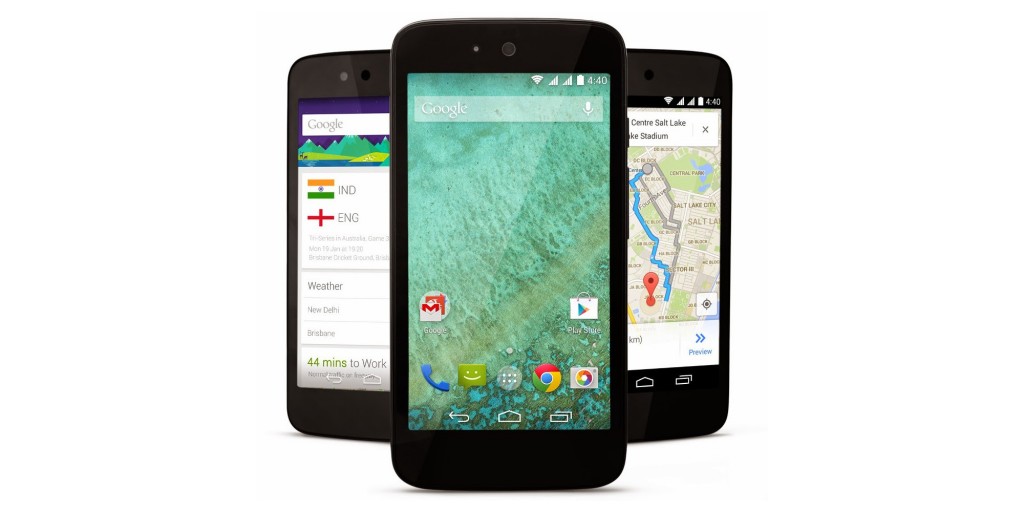
Google is to relaunch its Android One cut-price smartphone project, placing the goal of delivering a sub-$50 device at the heart of a “massive” investment push by the technology group into India’s internet market.
Rajan Anandan, managing director in India and Southeast Asia, told the Financial Times that the company remained “very committed” to Android One — a set of specifications that help manufacturers make cheap, good quality smartphones — which has struggled since its launch in New Delhi last September.
The much-hyped mobile standard had “not delivered to expectations”, Mr Anandan admitted, citing supply chain issues that have led to shortages of the phones, which are largely imported from China. But he said plans for a reboot would be revealed in “the next few weeks”.
“It is like any company when you try to launch a new initiative — we had a few hiccups,” he said.
Android One is an important part of Google’s drive to replicate its dominance in traditional desktop search by building new businesses linked to its Android mobile operating system. It is particularly focused on hundreds of millions of first-time smartphone users in emerging markets such as India.
Phones made under the standard were priced at about $100 at the launch last year, but Mr Anandan says he wants to target the “sweet spot” for mass-adoption in India’s cost-conscious smartphone market of between Rs2,000 and Rs3,000 ($31-$47).
Google’s plans come as other global technology companies race to add users in India’s fast-expanding internet population, which is set to surpass 500m by 2017. Facebook and Twitter already count the country as their second and third largest market by users respectively.
But Google faces challenges in India. The local market for digital advertising — where the group earns most of its revenues — remains tiny. Google products such as video site YouTube and maps also require fast connections to work effectively on mobile devices, yet India is marked by slow bandwidth.
In response, Mr Anandan said the group was ramping up a “very large-scale” investment programme to bring tens of millions of small businesses online and develop content suited to Indians whose first language is not English.
Google also plans to fend off local competitors by developing more products suitable for Indian customers with slow data connections. This is in addition to its recently launched offline versions of YouTube and maps, as well as a stripped-down version of its traditional search engine.
“There are several battlegrounds where we are not winning [and] local search is clearly the one where it’s most apparent,” Mr Anandan said, noting competition from JustDial, a Mumbai-listed Indian search start-up.
“Strategically it [India] is very, very important,” he added. “Don’t get me wrong, the revenue is interesting but . . . we’re here really because 10 years from now a billion Indians will be online and when we have a billion Indians online we think that’s going to make a huge difference to the global internet economy.”